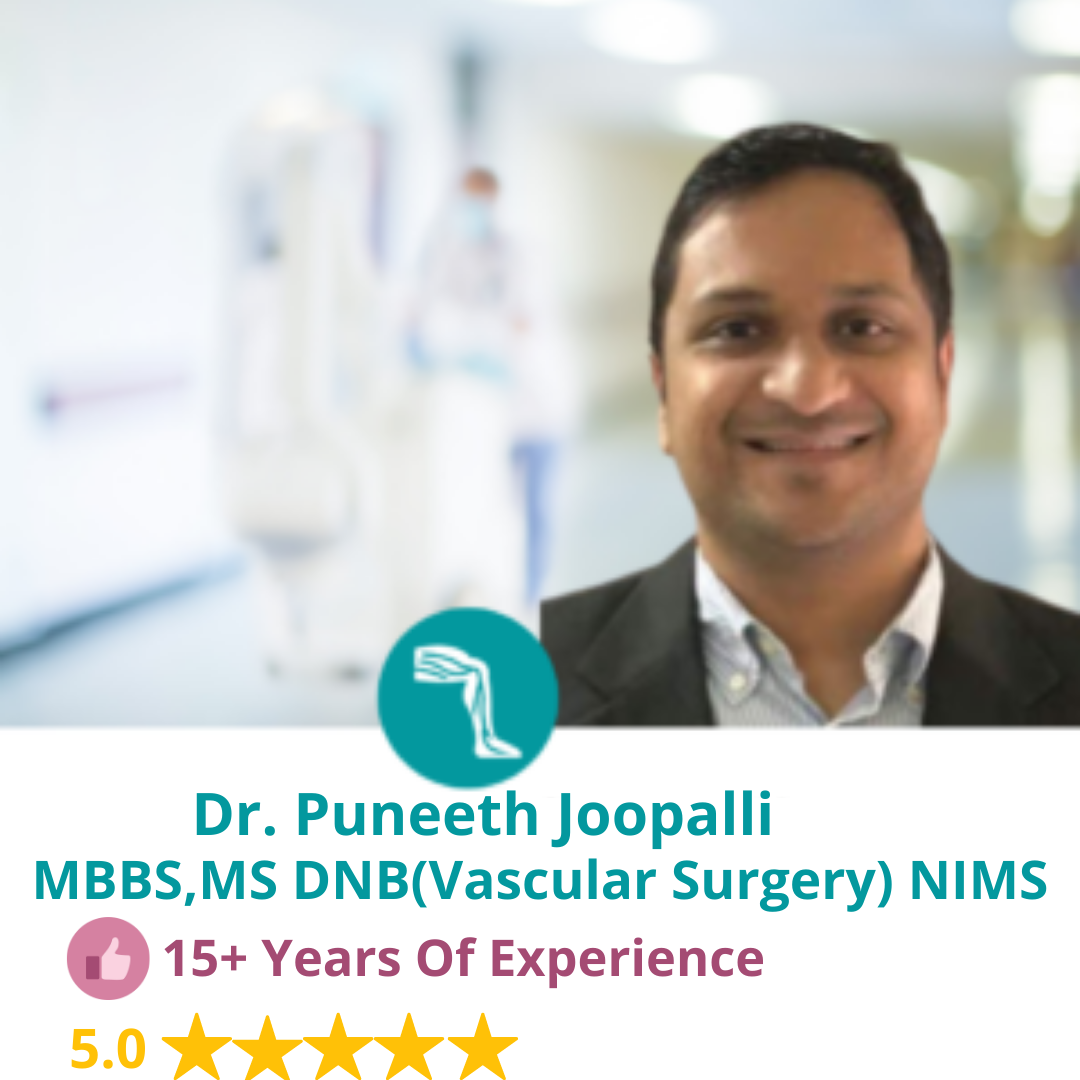
Varicose veins are large, swollen veins that oftenTrusted Source appear on the legs and feet. They develop when the valves in the veins do not work properly, and the blood does not flow as effectively.The varicose veins rarely need treatment for health reasons, but if swelling, aching, and painful legs result, and if there is considerable discomfort, treatment is available. There are various options, including some home remedies.In severe cases, a varicose vein may rupture, or it can develop into varicose ulcers on the skin. These will require treatment.
While in most cases varicose veins tend to be just uncomfortable and unsightly, sometimes, they can be dangerous if left untreated.If a person does not get proper treatment, their varicose veins can prevent proper blood circulation. This can cause blood clots to form, which can lead to DVT, a life threatening condition.Moreover, if untreated, varicose veins can burst. This is also a medical emergency.
In the majority of cases, there is no pain, but the veins may look twisted, swollen, and lumpy, or bulging, and they may be blue or dark purple in color.
Symptoms of varicose veins include:
Bulging, bluish vein or veins
Swelling in the legs
Aching pain in the legs
A feeling of heaviness in the legs and feet
Itching around the vein or veins
Skin color changes around the vein or veins
Nighttime leg cramps
Sometimes varicose veins can limit your activities. Your symptoms may get worse when you sit or are on your feet for long periods, and they may get better when you lie down or put your feet up.
aching legs
a feeling of heavy legs, especially after exercise or during sleep time
a minor injury to the affected area possibly resulting in longer bleeding than normal
lipodermatosclerosis, where fat under the skin just above the ankle can become hard, resulting in the skin shrinking
swollen ankles
telangiectasia in the affected leg (spider veins)
a shiny skin discoloration near the varicose veins
venous eczema, or stasis dermatitis, where skin in the affected area is red, dry, and itchy
leg cramps when suddenly standing up
restless legs syndrome
atrophie blanche, which is when irregular whitish patches that look like scars appear at the ankles
To diagnose varicose veins, Our doctor will do a physical exam and ask about your symptoms, family history, activity levels, and lifestyle.
Our doctor may do an imaging test, such as an ultrasound or X-ray, to see how healthy your leg veins are.
How are varicose veins treated?
Depending on how serious your symptoms and varicose veins are, Our doctor may recommend a combination of treatments or no treatment at all. There is also a chance that new varicose veins may form even after treatment, or you may need to be treated more than once.The goals of treatment are to relieve symptoms, improve appearance, and prevent serious complications such as skin ulcers or sores, deep vein thrombosis, skin color changes, and bleeding.If you are pregnant, Our doctor may recommend compression therapy and pain medicine to relieve symptoms of varicose veins, such as pain or heaviness in the legs.

Our doctor may recommend adopting lifestyle changes to help relieve symptoms or prevent varicose veins from getting worse. These may include:
Aiming for a healthy weight. This will improve blood flow and ease the pressure on your veins.
Being physically active to help blood move through your veins. Strenuous or vigorous exercise might make varicose veins worse. Before starting any exercise program, ask your doctor about what level of physical activity is right for you.
Avoiding standing or sitting for long periods. When sitting, elevate your feet so your legs are raised above the level of your heart.
Our doctor may do an ultrasound or other exams to see how well your veins are working. Most procedures for varicose veins do not require a long recovery.
Endovenous ablation to close off a varicose vein:
Our doctor uses lasers or radiofrequency energy to heat the inside of the vein and close it off. This procedure is usually done in a doctor’s office with ultrasound to guide the treatment. Our doctor numbs the area around the vein so you do not feel pain during the procedure. Bruising, pain, and changes in skin color are common after endovenous ablation. More serious complications, including numbness, venous thromboembolism, and skin burns, are rare.
Sclerotherapy to close off a varicose vein:
Our doctor injects liquid or foam chemicals into the vein to seal it closed. Sclerotherapy is done in Our Hospiital with ultrasound guidance. Liquid sclerotherapy is often used for spider veins. Complications of foam sclerotherapy may include skin color changes and, rarely, venous thromboembolism, nerve damage, serious allergic reaction, or stroke. Some people may have temporary vision problems, headaches, or confused mental states.
Surgery to remove severe varicose veins:
Our doctor may make small cuts to remove smaller varicose veins near the skin’s surface. For larger, deeper veins, your doctor may use tools to tie off and remove them in a procedure called vein ligation or stripping. Surgery can often be done on an outpatient basis, but you may need medicine to help you sleep during the procedure. Because surgery may involve more pain and a longer recovery time, this option is usually only for people who are not eligible for endovenous ablation or sclerotherapy. Surgery complications may include infection, nerve damage, bruising, pain, and changes in skin color. Severe complications are rare.
